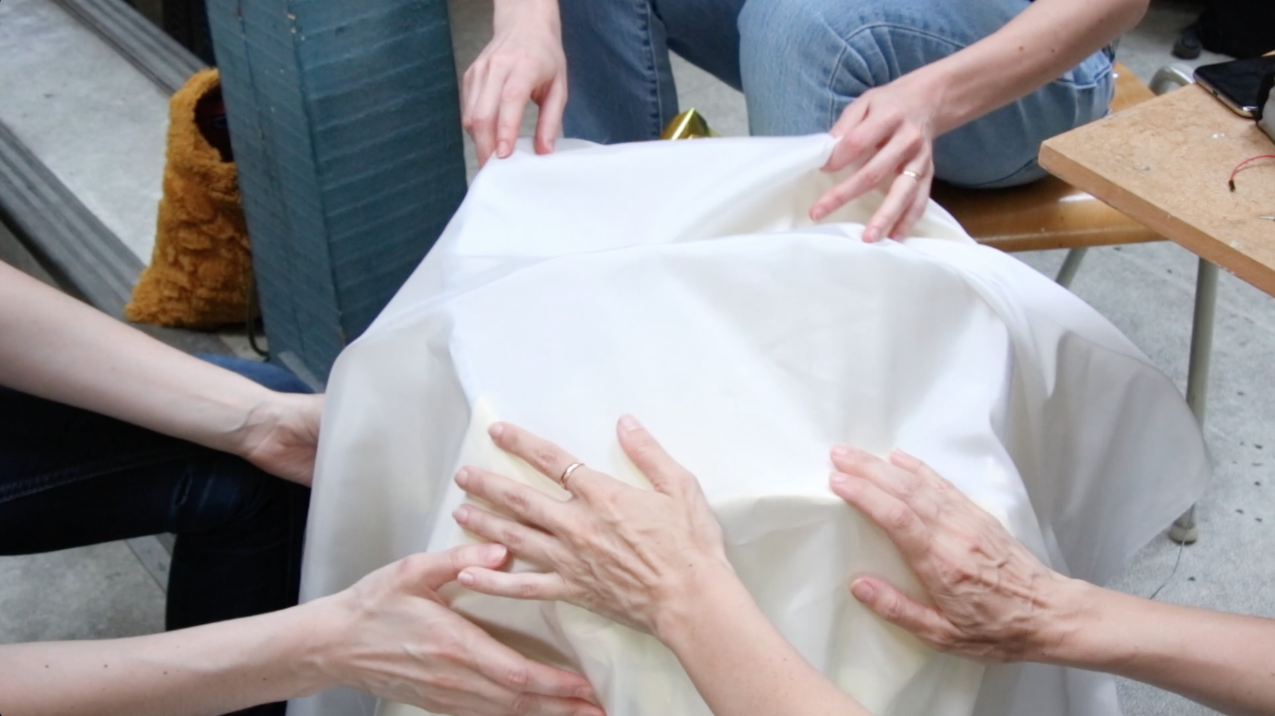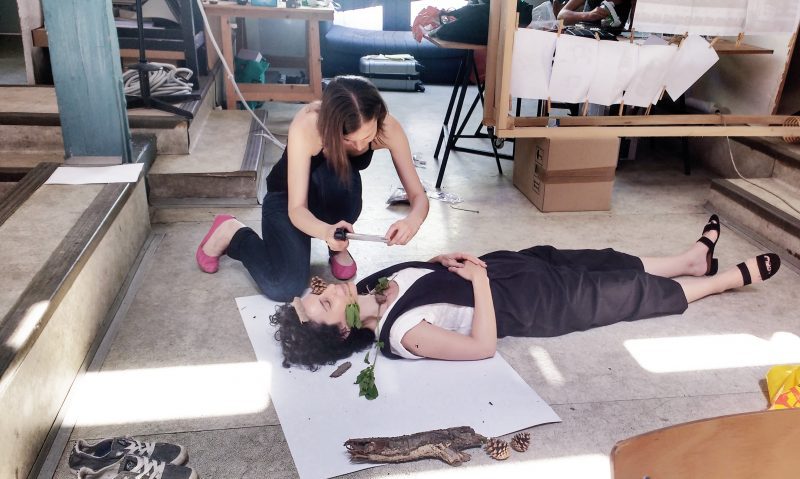Imagine you are writing in a word document. You attempt to concentrate, to imagine the sentences you wish to formulate, your fingertips lay idle at the keyboard. Small impulses pop up in the back of your mind, your brain-body is longing for distraction. Without realizing it, you’ve cycled through checking your email, Facebook and phone in a matter of minutes. You need another several minutes to re-adjust, to direct yourself back to the task at hand.
Sounds familiar?
The concept of attention has always been important throughout the history of media, for instance in the context of military research (aiding soldiers in staying alert when watching radar systems) or in the context of composing the mis-en-scene and focal point of a cinematic image. Today organizations such as The Center for Humane Technology is spearheading conversations around the ways in which the fabricators of leading social platforms and technological devices that we surround ourselves with benefit financially from scattering and fragmenting the attention of their users.
Darwin placed attention as the most basic factor for survival of a species. Attention in an evolutionary perspective is assumed as a capacity that we not only need to have, but that we even have to develop, stimulate and exercise in order to survive. The brain-body constantly filters out, zooms in on, and predicts sensory inputs that are deemed important for our survival.
The anthropologist Anna Tsing proposes a practice she calls “arts of noticing” as a survival mechanism opposing the “forward march of progress”, which includes the systems and technologies developed throughout the previous century which have left our ecosystem at the brink of climate collapse. In a present where environmental change is the single biggest challenge to our species, how must we learn to perceive and react to our surroundings differently?
The Augmented Attention Lab proposes a critical intervention towards the ways in which current technologies scatter attention. Through collective thinking, making and mindfulness practices we take on the challenge of prototyping new habits, systems and tools that augment and fortify our attention against the mass desensitization created by the driving beat of progress.
—
The Augmented Attention Lab takes shape as a nomadic platform, gathering practitioners from diverse fields who share a common interest in augmented attention and who wish to address the challenges we face through interdisciplinary collaboration.
We facilitate a fertile experimentation space where designers, creative technologists, theorists and researchers can benefit from each others’ expertise in actualizing new sensory paradigms through cognitive “hacks” and technological-methodological prototypes for knowing the world differently. As facilitators, we support the creating of new work while also organizing field trips to locales of critical importance, while invited guest mentors introduce additional tactics, skills and research methods to the group. Participants are free to form new collaborations on the spot or bring already existing projects to work on during the period of the lab.
The Augmented Attention Lab departs from Sensory Cartographies, an artistic-research and design project that conceptualizes and develops wearable mapping technologies and practices that take into consideration the constant flux of change that plays out at the interface between body, consciousness and world.

